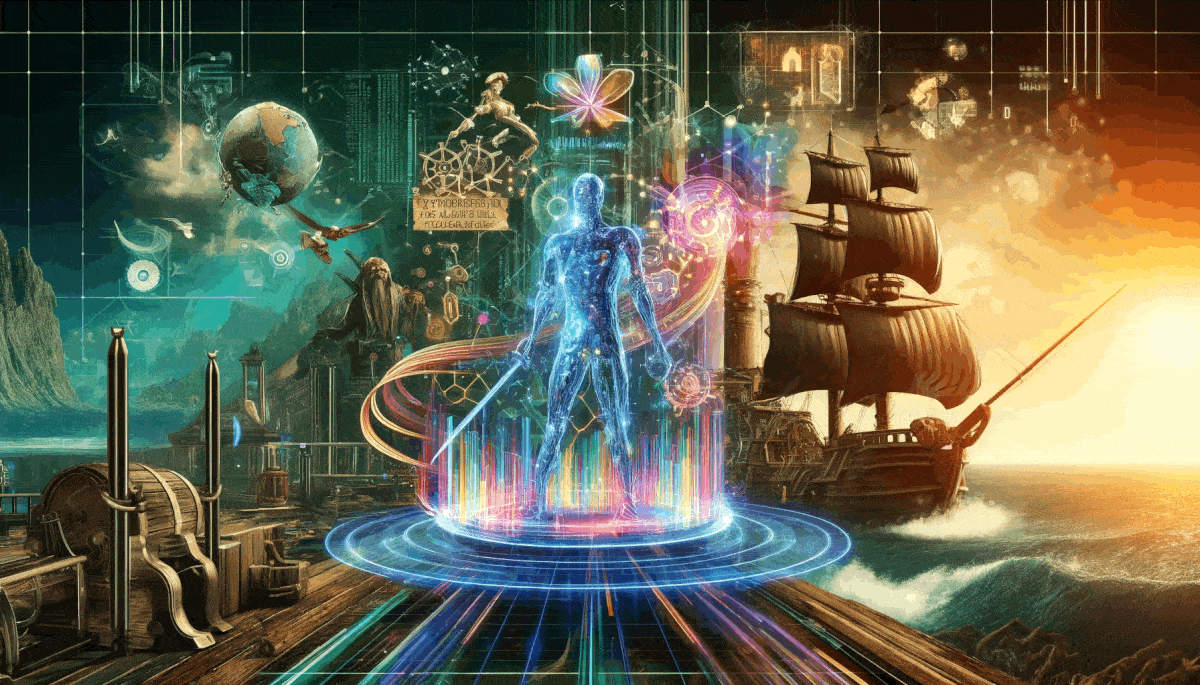
An Omni Model in AI is a sophisticated type of artificial intelligence that integrates various capabilities from distinct AI models into a single, unified framework. This model is designed to process and understand multiple data types, including text, images, audio, and video, and perform a wide array of tasks across these modalities. The primary goal of an Omni Model is to enhance versatility and efficiency by utilizing the strengths of several specialized models within one cohesive system[1].
Unlike traditional Large Multimodal Models (LMMs), which can handle multiple types of data inputs but may not integrate them as comprehensively, an Omni Model aims for deeper integration and understanding. For example, OpenAI's GPT-4o is identified as an Omni Model due to its ability to seamlessly understand and generate text, analyze images, interpret audio, and handle video inputs all within the same framework. This allows it to perform a wide range of tasks more effectively than LMMs, which often require separate modules for different tasks, potentially leading to inconsistencies in performance[1].
In addition to enhanced efficiency, Omni Models are pivotal in interactive applications, as they can rapidly process input from various modalities and respond accordingly, making them highly adaptable for real-world usage scenarios[5].
Get more accurate answers with Super Pandi, upload files, personalized discovery feed, save searches and contribute to the PandiPedia.
Let's look at alternatives:
- Modify the query.
- Start a new thread.
- Remove sources (if manually added).